10 Misconceptions About American Slavery That Most People Still Don't Know
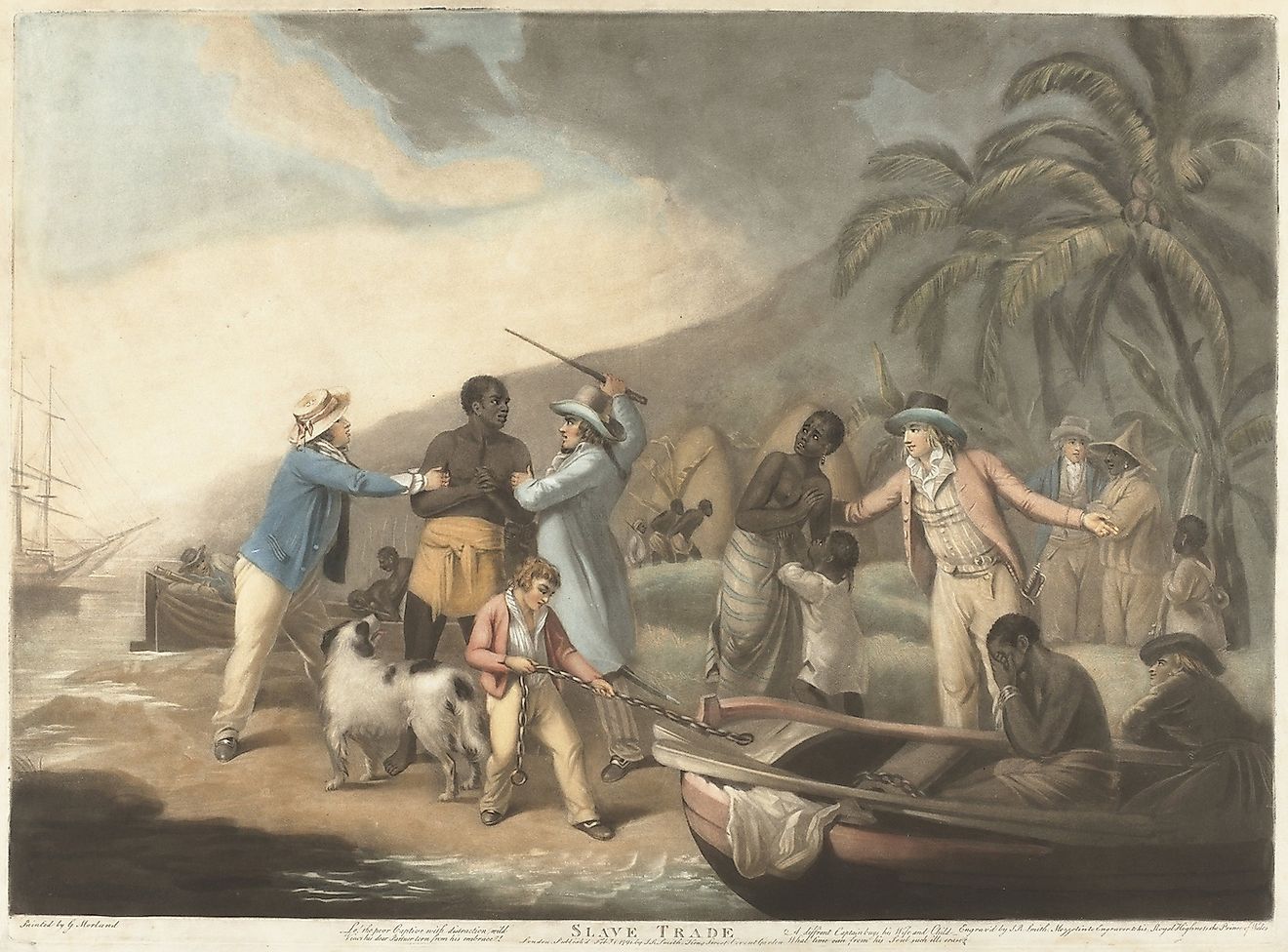
- Slavery persisted in Northern states into the 1850s.
- Fewer than 25% of Southerners were slave owners.
- There were 180 other black slave masters in South Carolina in the mid nineteenth century.
- At least 250 slave rebellions occurred prior to 1865.
- Slave labor was a driving force behind American Capitalism.
While the history of slavery in America features commonly in media today, there are a number of misconceptions that continue to persist. Some of the most common are surprisingly perpetuated by official commemorations and textbooks, such as the idea that slavery began in America in 1619. Others, such as the idea that there was a divide between northern and southern states that the institution of slavery did not cross, are deeply rooted in the collective consciousness, making them difficult to dispel. But as some of the harder truths of America's past, it is important that slavery, and its impact on the nation's past and present, be fully understood. Here are ten of some of the most common misconceptions about American slavery, and the truth behind them.
10. Slavery was a Southern institution
Books, movies, and TV have helped to popularize the idea that slavery was unique to southern states of America, that there was a line between the Northern and Southern states that slavery did not cross. Thoughts of slavery in America easily spring to mind images of Africans toiling away in the cotton plantations of the Lower South, while slave drivers ride through the fields with their whips, while in contrast northerners opposed the practice, operating on “free labor” rather than slavery.
Slavery had no such geographical boundaries, it was present throughout all of the thirteen colonies. Where plantations were common in the South, slaves were commonly household servants in the North, though they were also used in the cultivation of crops such as wheat and corn.
Proportionately there were significantly more slaves in the South. By the end of the 18th century, fewer than ten % of slaves in America lived in the North, while Virginia alone had 42%. Northern states all voted to abolish slavery by 1804, decades before the Emancipation Proclamation of 1863 abolished slavery throughout America. However, slavery persisted in some Northern states, such as Pennsylvania, into the 1850s.
9. All Southerners were Slave Owners
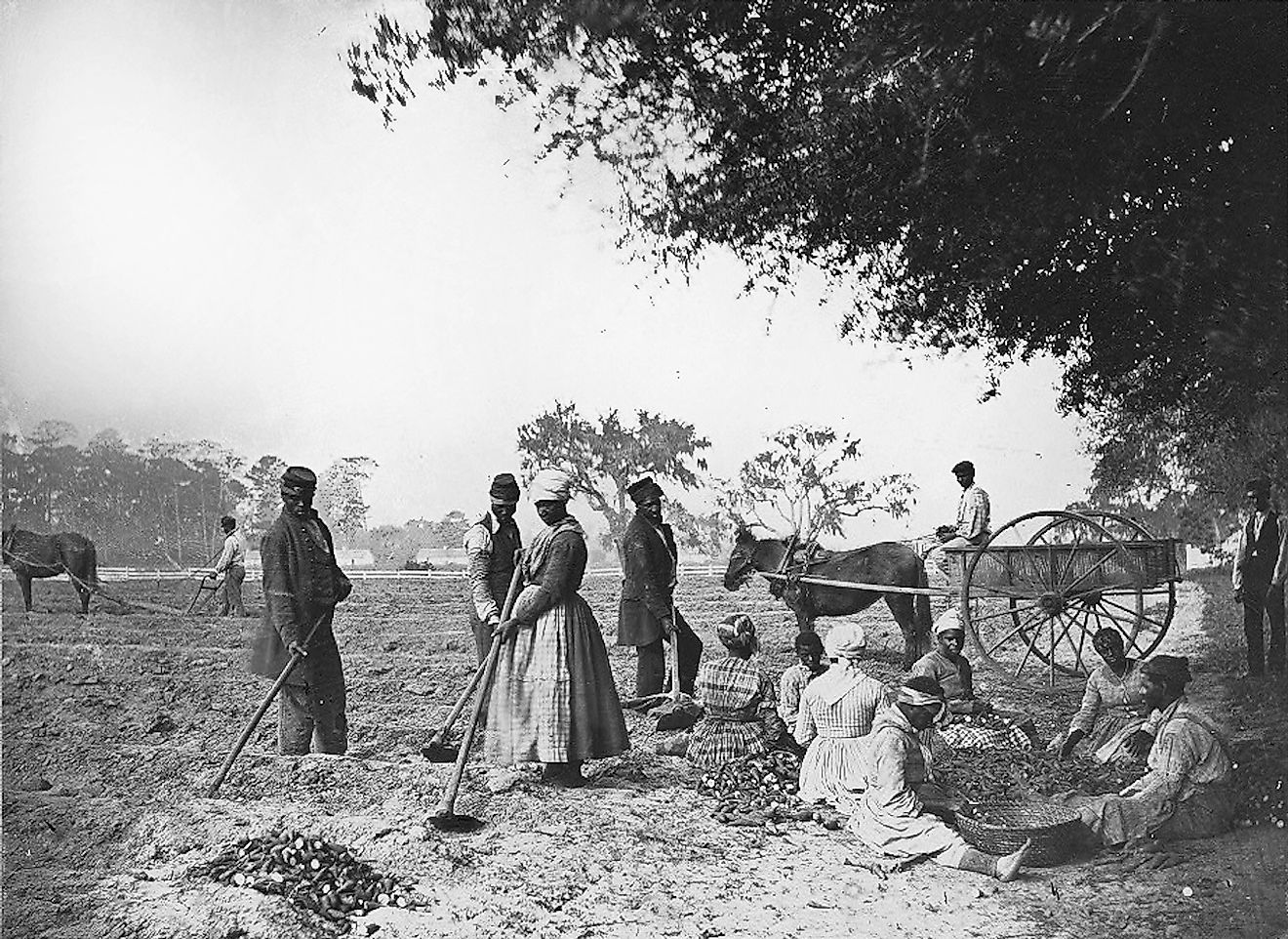
Alongside the myth that slavery was confined to the South, is the idea that all Southerners owned slaves. The truth is that fewer than 25% of Southerners were slave owners. Of these, on average owners held ten slaves, fewer than one % held more than 100.
8. House Slaves received better treatment
The idea that house slaves had much easier lives than those that worked in the fields is misleading. House slaves, primarily women, faced their own share of physical and emotional abuse. The rape of female slaves was a common occurrence, and was seen as the natural right of their masters. Slave husbands, even had they not been separated from their families, were unable to defend their wives. Some women accepted the advances of their masters in the hopes their children would be freed, as in the famous example of Sally Hemmings, a slave of Thomas Jefferson who negotiated for their children’s freedom. But most enslaved women never had a choice.
7. Slave owners were exclusively white
It is perhaps a shocking fact that not all slave owners in America were white. The reality is that there were African Americans who also owned slaves.
William Ellison is a famous example. Born into slavery in 1790, son to an enslaved mother and a white slave master, he worked his way to freedom apprenticed as a youth to a cotton gin maker, allowed to keep his wages. Eventually he bought his family’s freedom and began his own cotton gin factory in South Carolina. While he initially hired other free slaves, he soon realized the profit he could make without the expense of wages. By 1850 he was the owner of 37 slaves.
Ellison’s story was not unique. There were 180 other black slave masters in South Carolina alone in his era. Their stories were much the same, freedmen who sought to climb the social ladder by making a profit, and the way to that profit was through slave labor.
6. Slavery was a uniquely American institution
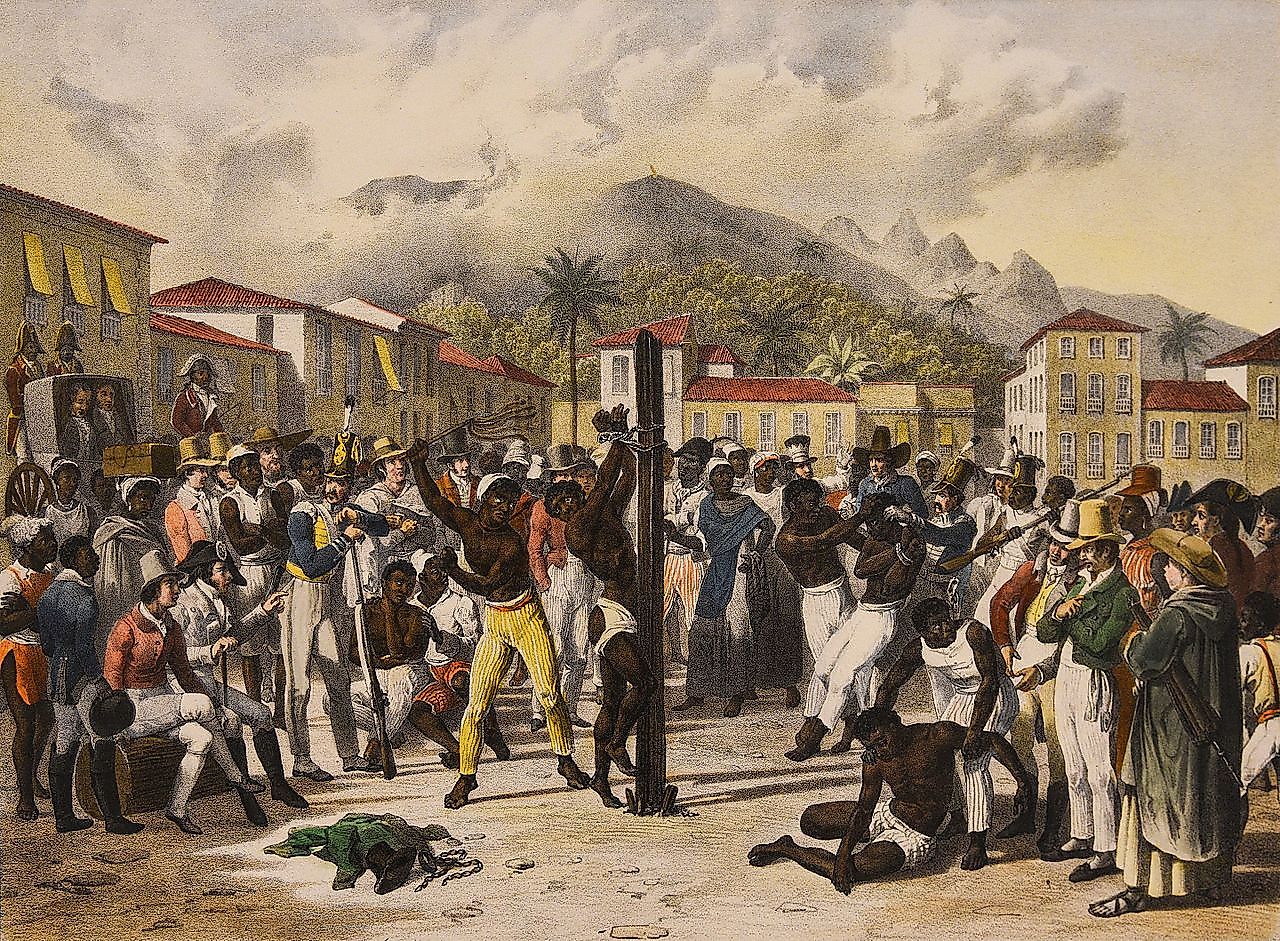
There is a common perception that America dominated the slave trade from the seventeenth to the mid-nineteenth centuries. This idea is in part supported by the fact that America abolished slavery decades after Britain, France, and Spain. It is interesting to note that the state of Vermont was among the earliest to abolish slavery in 1777.
A surprising statistic, only 4-6% of all enslaved Africans went directly to America. Over 90% were shipped directly to South America or the Caribbean, and while many were later sent to America, the history of slavery in other regions must not be overlooked.
5. Slavery suddenly appeared in America in 1619
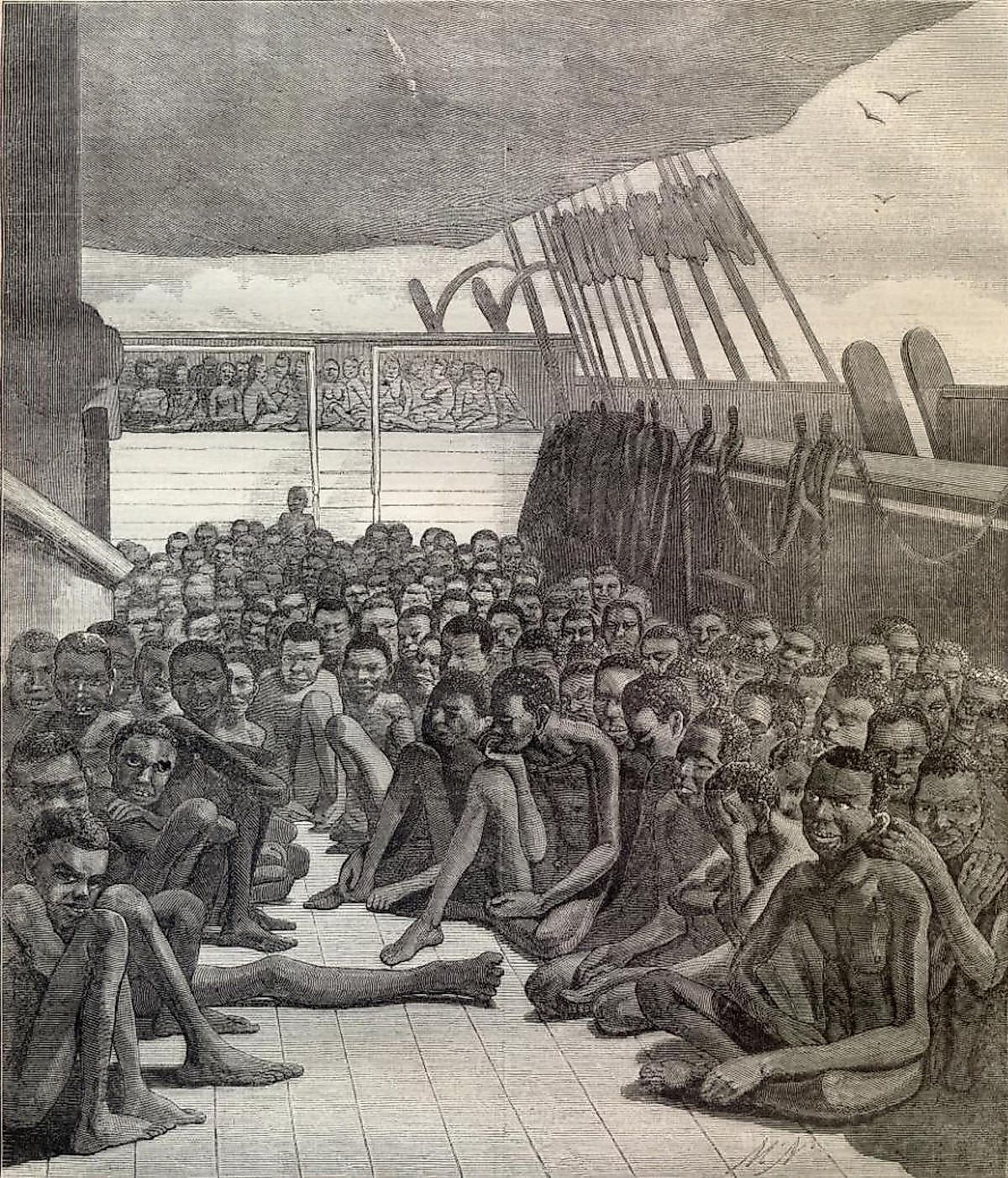
The story of slavery in America is said to have begun in 1619, with the arrival of twenty enslaved Africans in Jamestown, Virginia. This event is officially commemorated as the beginning of 400 years of slavery in America. But slaves are known to have been held in America for at least a hundred years prior to 1619. In 1526 a Spanish expedition to what is now South Carolina went awry when the enslaved Africans launched a rebellion, forcing the Spanish to abandon their settlement a year after their arrival. Slaves also came with the Spanish to Florida in 1565. When the English arrived at Roanoke Island, they brought slaves they had seized from Spanish ships. Africans were not alone in being forced into slavery. For instance, around 1619 the English enslaved local indigenous peoples in their colonies.
The arrival of those twenty slaves in Jamestown coincides with a time when the English were establishing their superiority in the New World, and the fixation on 1619 as the beginning of slavery in America is a part of the Anglo-centric narrative of America’s past.
4. Slaves never rebelled

Contrary to the belief that slaves were content with their lot in life or too meek to fight for their own freedom is the well-documented history of slave rebellions. At least 250 rebellions occurred prior to 1865. Perhaps the oldest documented rebellion is the rebellion of 1526 that forced the Spanish to abandon their settlement in North Carolina. Virginia was a hotspot of rebellion, with notable revolts in 1663, and 1687, and the notorious slave rebellion led by Nat Turner in 1831. The State of New York also experienced a series of slave rebellions in the eighteenth century. Other notorious revolts include the 1739 Stono Rebellion in South Carolina, and the 1811 German Coast uprising along the Mississippi River.
3. Slavery only benefited a few
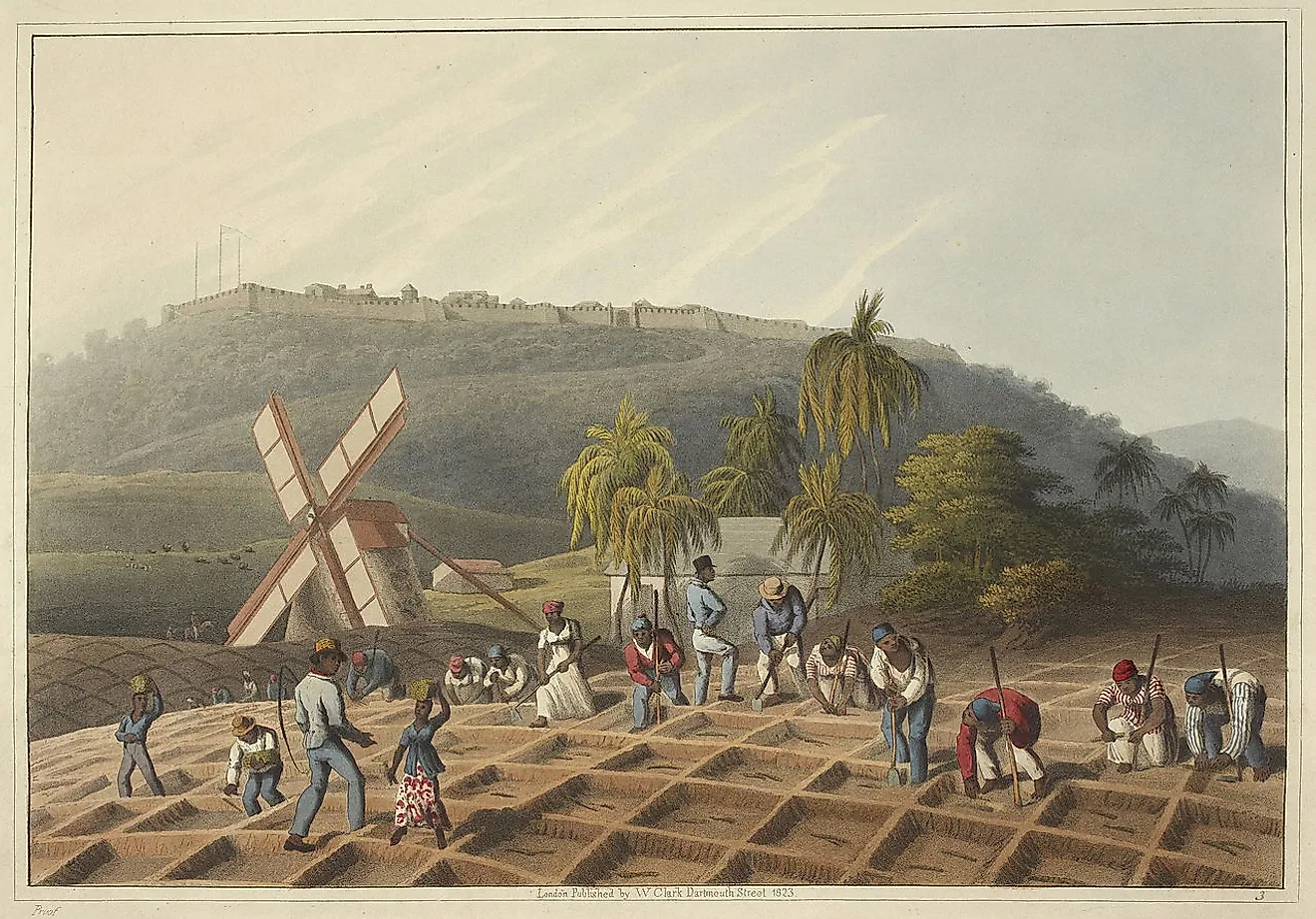
Another false narrative is that slavery only filled the pockets of a few elite men, and had no real role in America’s development as a nation. But this narrative underplays the extent of slavery in America, which in truth was a driving force behind the capitalism that built America. The efficiency of slave labor, achieved through violence and threats, drove America’s economy, and built America’s cities.
2. Slavery is in the distant past
There is a sense today that slavery is something far removed from present society, belonging instead to the far distant past. But slavery was officially abolished in America 155 years ago. Hester Ford, the oldest living person in the United States (as of November 2019), was born only 43 years after the Proclamation. She could have known individuals who had lived in slavery or their children. The average American is two or three generations separate from the era of slavery. Another fact to ponder: slavery existed for more than 400 years in America, more than twice the length of time that African Americans have officially lived in freedom.
1. The Emancipation Proclamation of 1863 put an end to slavery
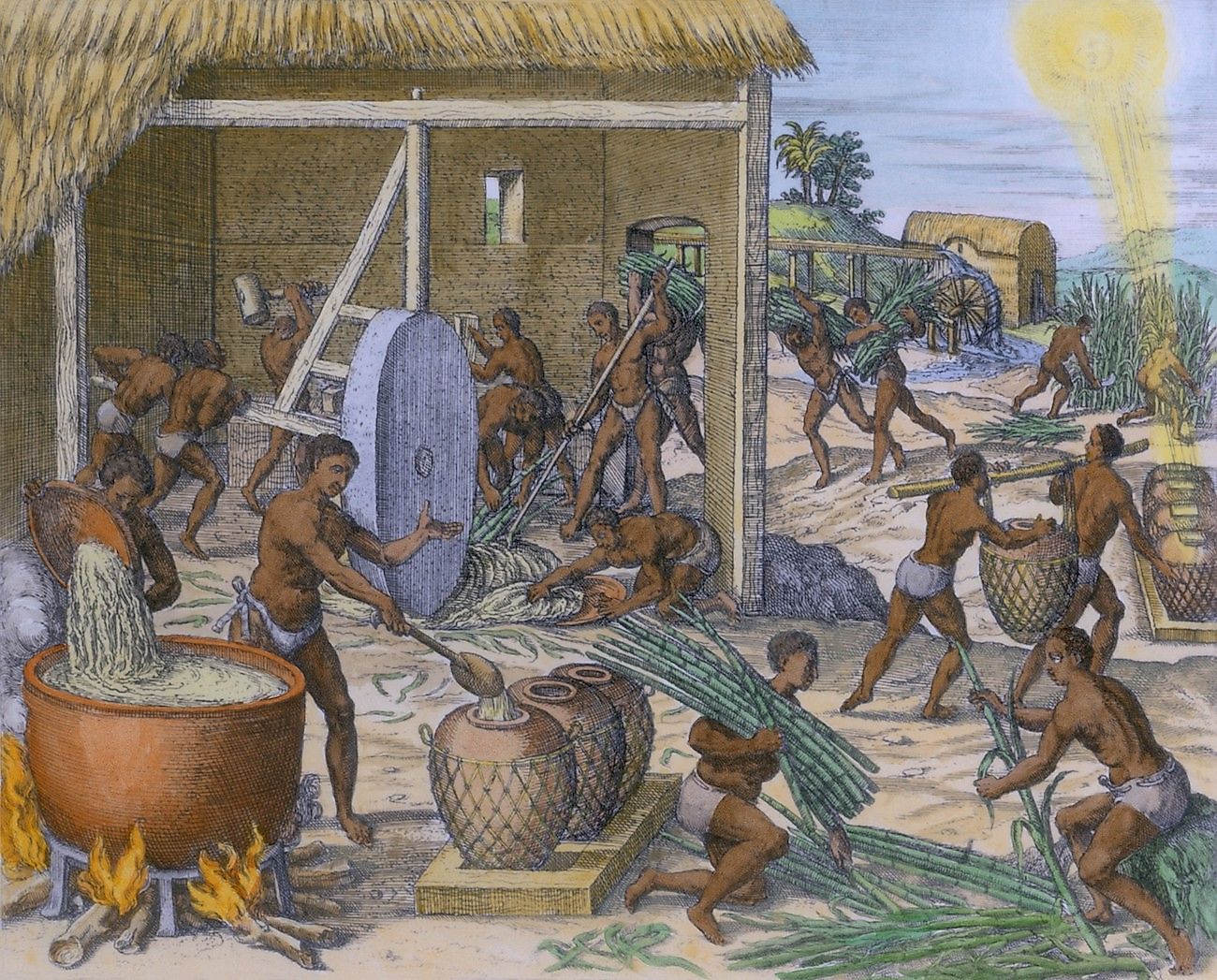
When Lincoln issued the Emancipation Proclamation on January 1, 1863, declaring “that all persons held as slaves are, and henceforward shall be free,” the effect was not immediate across the whole of America. The proclamation was directed solely at the Confederate States, and held no bearing over the States of the Union in which slavery was still legal. The Proclamation only came effectively into full force in 1865 with the Union victory, and the ratification of the Thirteenth Amendment to the United States Constitution.
While the days of Antebellum slavery were ended, racism and racial violence remained, and slavery continued in other forms. In the South, the “convict lease system” rose to take the place of slavery from 1866-1928. Today, human trafficking and forced labor is a prevalent issue in the United States and around the World.











